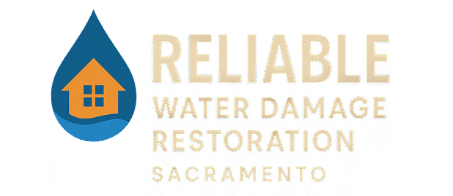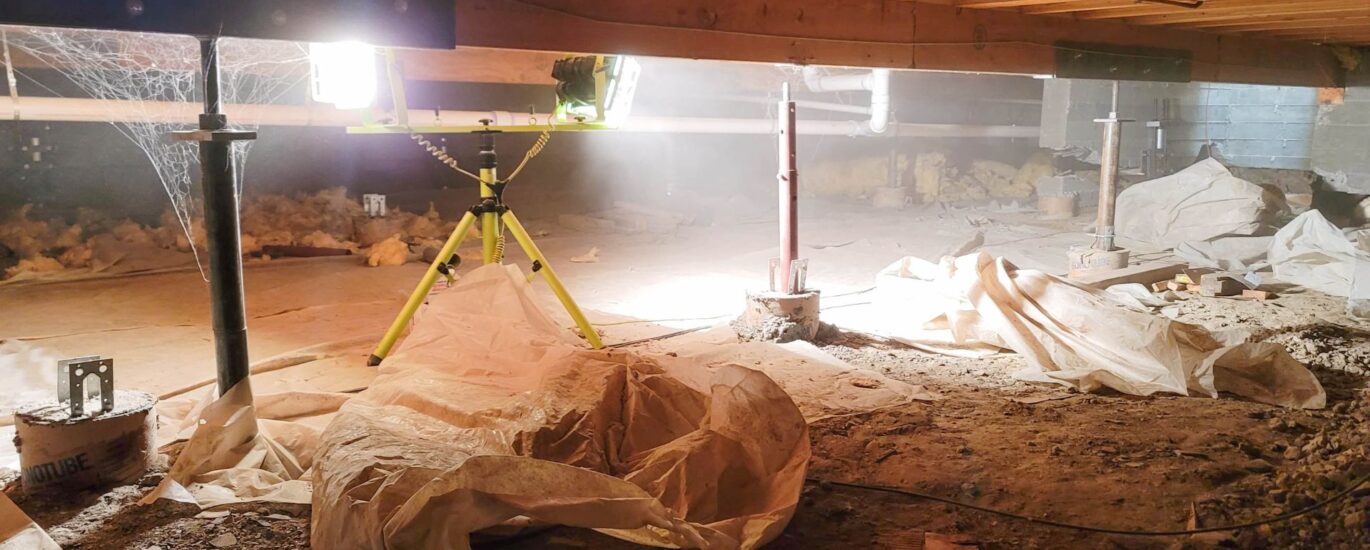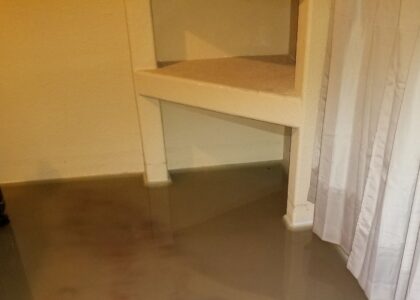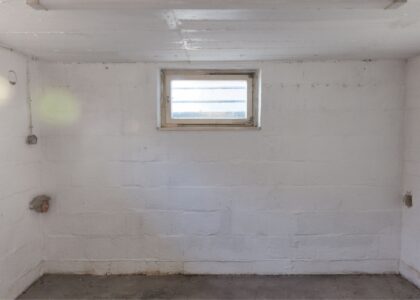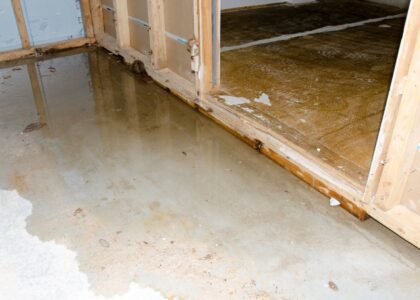Dry Your Basement Today: Why Moisture Is More Dangerous Than You Think
A damp basement might seem like a small nuisance, but ignoring it can lead to serious, costly, and even hazardous consequences. From mold infestations to structural weakening, lingering moisture steadily erodes your home’s safety and value. This guide explains the hidden dangers of basement dampness, why quick action matters, and how you can protect your property with practical solutions.
1. Mold: The Silent Invader
Moisture provides the perfect conditions for mold, which spreads quickly and often invisibly through walls, floors, and air ducts.
Health Risks
Mold is more than an eyesore or unpleasant odor—it’s a health hazard. Exposure can trigger allergies, worsen asthma, irritate skin, and cause chronic coughing. Children, pets, and people with respiratory conditions are especially at risk.
Why Speed Matters
The longer moisture remains, the harder it is to stop mold. Acting quickly halts growth at the source, protecting both your health and your home.
2. Structural Damage: Moisture’s Hidden Price
Water may appear harmless, but over time it undermines the integrity of your home.
Foundation Erosion
Persistent dampness weakens concrete and mortar, causing cracks, shifting, and even foundation settlement. These issues lead to bowed walls, uneven flooring, and sticking doors or windows.
Rot and Decay
Wood framing, sill plates, and joists deteriorate when exposed to water. As structural supports weaken, so does the stability of your house.
Cost of Neglect
What starts as minor cracking or dampness can escalate into repairs worth thousands of dollars—or even require major rebuilding. Prevention is far less expensive than restoration.
3. Electrical Hazards: When Water Meets Wiring
A wet basement can be life-threatening when electricity is involved.
- Short-Circuits and Fires: Water conducts electricity, creating risks of sparks or fire if it reaches outlets or panels.
- Shock Risks: Damp walls or floors near outlets can shock anyone who touches them.
- Insurance Issues: Many policies exclude damage caused by unresolved water problems, and code compliance often requires fixing moisture before finishing a basement.
4. Property Damage: Protecting What Matters Most
Moisture doesn’t just damage your home’s structure—it ruins the items stored inside.
- Flooring: Carpets trap mold; hardwood and laminate can warp, buckle, or delaminate.
- Furniture & Storage: Fabrics, papers, and electronics are especially vulnerable to irreversible water damage.
- Emotional Loss: Beyond financial costs, water can destroy irreplaceable keepsakes and family treasures.
5. Why Acting Now Protects Your Home
Drying your basement is about more than fixing dampness—it’s about long-term protection.
- Maintain structural strength by preventing cracks, rot, and erosion.
- Improve indoor air quality by stopping mold before it spreads.
- Reduce safety hazards such as fire or electric shock.
- Preserve belongings and valuables stored in your basement.
6. Proven Basement Drying Strategies
Taking the right steps now helps prevent future stress and costly repairs.
Identify and Stop Water Sources
- Ensure soil slopes away from your foundation.
- Keep gutters clean and extend downspouts at least three feet away.
- Inspect plumbing, sump pumps, and water heaters for leaks.
Remove Moisture
- Use a dehumidifier to maintain humidity below 50%.
- Improve ventilation with fans and open windows when weather allows.
- Place desiccants (like silica packs) in storage closets and tight spaces.
Repair and Protect
- Seal cracks with masonry sealant or apply waterproof coatings.
- Install moisture-resistant flooring and finishes for added protection.
- Add a sump pump with backup power to defend against flooding.
For step-by-step solutions, see our basement drying guide or contact us for expert help.
Conclusion
Your basement may be out of sight, but it plays a crucial role in your home’s safety and value. Ignoring moisture won’t make it disappear—it will only worsen problems like mold, structural decay, electrical risks, and property loss.
The good news is that basement moisture can be controlled. By identifying water sources, drying effectively, and reinforcing your foundation, you protect your home, your belongings, and your peace of mind.
Take action now so your basement remains a safe, dry, and reliable foundation for years to come.
